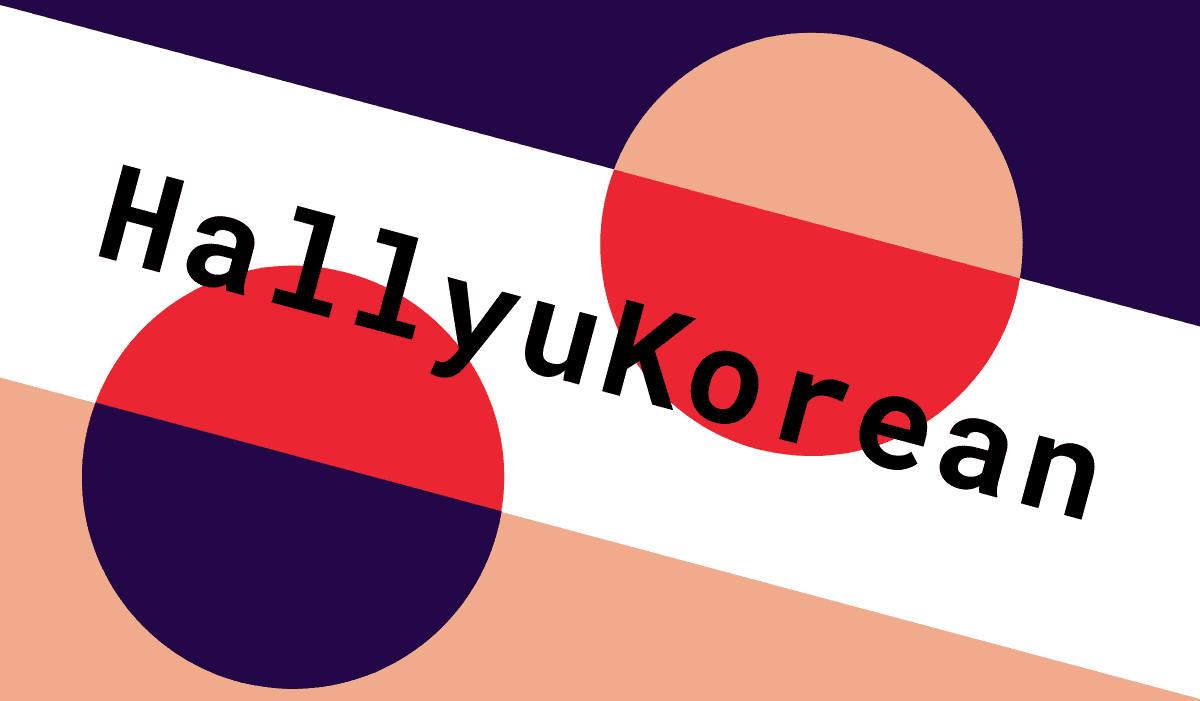Welcome back. This is the 2nd post in the series of 1000 Korean words for everyday use by analyzing the word frequency of more than 1,000 episodes of Korean dramas.
Today, let’s explore the meaning and context of 5 key Korean words “이다, 보다, 것, 아니다, 그렇다” with sample sentences.
Click the play button below to listen to all the words and sample sentences in this post.
Basic Korean words : 이다, 보다, 것, 아니다, 그렇다
6. 이다 [i-da] – to be
– 이다 [i-da] means “to be”. It’s used to describe identity, characteristics or qualities.
Example sentences:
그는 의사예요. He is a doctor.
7. 보다 [bo-da] – to see, to observe / more than / to think, to judge
– 보다 [bo-da] is a versatile verb with many meanings: to see, to observe, to compare, to think, to judge, to appear, and in some cases even to meet.
– 보이다 [bo-i-da] means “to appear”, “to be visible” and is used when something comes into view.
– 뵈다 [bo-da] means “to meet”, but it’s not commonly used in modern Korean. It’s often used in polite contexts or when addressing people of higher status, reflecting a polite and respectful tone.
Example sentences:
그 영화를 볼래요? Do you want to watch the film?
손은 눈보다 빠르니까. Because hands are faster than eyes.
너 그렇게 안 봤는데. I didn’t think you were like that.
그게 보이네요. I can see that.
나중에 뵙겠습니다. See you later.
8. 것 [geot] – thing, stuff
– 것 [geot] refers to a “thing” or “stuff”. It’s like a general term that can stand for different concepts without naming a specific noun.
– 거 [geo], 게 [ge], 건 [geon], 걸 [geol] are different forms of 것 with different levels of formality and emphasis.
Example sentences:
이런 것을 하고 싶어요. I want to do things like this.
이거 주세요. Give me this.
이게 뭐예요? What is this?
그런 건 신경 안 써도 돼요. You don’t have to worry about such things.
그걸 어떻게 몰라? How can you not know that?
9. 아니다 [a-ni-da] – no, not, not to be
– 아니다 [a-ni-da] is used to say “no”, “not” or “not to be”. It’s used to deny something or to indicate absence.
Example sentences:
아니요, 그건 아니에요. No, it isn’t.
10. 그렇다 [geu-reot-da] – like that, so
– 그렇다 [geu-reot-da] means “like that” or “so”, showing similarity or agreement.
– 그러다 [geu-reo-da] is used to agree or say “yes”, similar to saying “to be so”.
– 그런 [geu-reon] means “such” or “like that”, emphasizing a particular quality or characteristic.
Example sentences:
그래요. Yes.
그렇게 해요. Do it like that.
그런 건 없어요. There is no such thing.
Grammar & Study Resources
것 is the most common dependent noun in Korean and means thing.
As the name ‘dependent noun’ suggests, it cannot be used alone, but always in conjunction with modifiers.
ex) 그게 당연한 거야 (O)
게 당연한 거야 (X)
거 is shortened form of 것 and 게 is a shortened form of 것이(것+이(subject marker)).
건 is a shortened form of 것은(것+은(topic marker)) and 걸 is a shortened form of 것을(것+을(object marker)).
To use 이([i], this), 그([geu], that), and 저([jeo], that, that over there) as pronouns, 거/것 (thing) can be added after these words.
| 이 | 그 | 저 | |
| 것 | 이것 | 그것 | 저것 |
| 거 (=것) | 이거 | 그거 | 저거 |
| 게 (=것이) | 이게 | 그게 | 저게 |
| 건 (=것은) | 이건 | 그건 | 저건 |
| 걸 (=것을) | 이걸 | 그걸 | 저걸 |
이것(this thing), 그것(that thing), 저것(that thing) can also be combined with common Korean particles.
| 이/가 | 은/는 | 을/를 | |
| 이것 | 이것이 (=이게) | 이것은 (=이건) | 이것을 (=이걸) |
| 그것 | 그것이 (=그게) | 그것은 (=그건) | 그것을 (=그걸) |
| 저것 | 저것이 (=저게) | 저것은 (=저건) | 저것을 (=저걸) |
Choosing the right form depends on the context of your conversation and the level of formality you want to convey.

